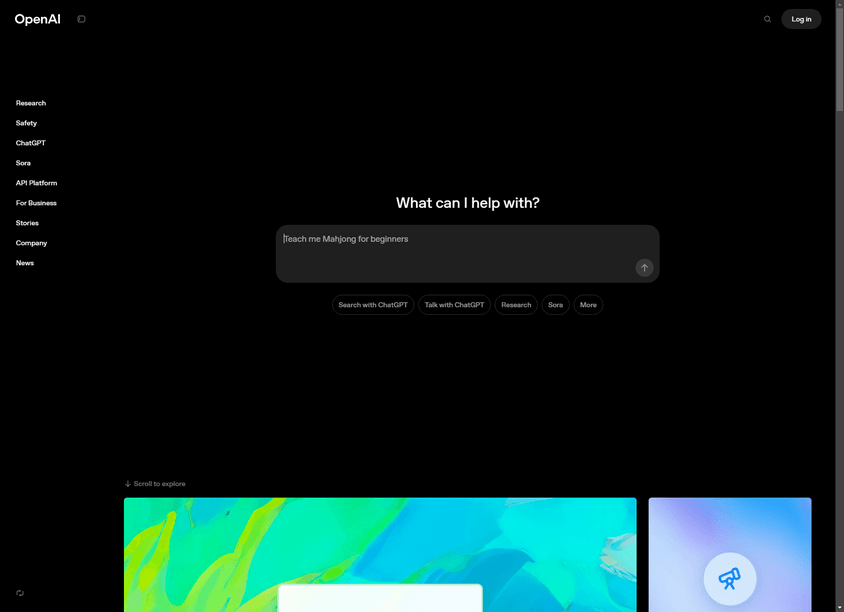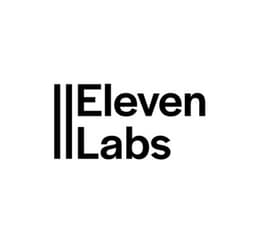About Point-E
Explore OpenAI's Point-E, a revolutionary AI system that generates 3D point clouds and meshes from text descriptions in 1-2 minutes using diffusion models. Discover its applications in gaming, VR, manufacturing, and rapid prototyping.

Overview
- AI-Driven 3D Model Generation: OpenAI's Point-E is an open-source AI system that rapidly generates 3D point clouds from text prompts, enabling efficient creation of basic 3D representations in 1-2 minutes using a single GPU.
- Hybrid Model Architecture: The system combines text-to-image and image-to-3D diffusion models, first generating synthetic 2D views before converting them into spatial point cloud data.
- Industry Applications: Designed to support 3D printing, game development, and industrial design workflows by providing quick conceptual models that can be refined through additional processing.
Use Cases
- Product Prototyping: Enables rapid iteration of physical object designs for 3D printing by converting textual descriptions into printable mesh models.
- Game Asset Creation: Provides developers with base 3D structures for environmental elements and props that can be textured and refined in standard pipelines.
- Educational Visualization: Generates interactive 3D representations of scientific concepts from textbook descriptions for enhanced learning experiences.
- Architectural Pre-Visualization: Produces spatial wireframes from conceptual briefs to accelerate early-stage design discussions for construction projects.
Key Features
- Dual-Stage Processing Pipeline: Utilizes sequential AI models for text-to-image synthesis followed by image-to-3D conversion, optimized for computational efficiency.
- Mesh Conversion Capability: Includes supplementary AI models to transform basic point clouds into detailed 3D meshes with vertices and edges for practical applications.
- GPU-Optimized Performance: Operates on a single Nvidia V100 GPU, making it accessible for individual developers and small studios without requiring extensive hardware resources.
- Complex Prompt Handling: Processes nuanced text descriptions to generate geometrically diverse outputs, supporting specifications like dimensional constraints and material properties.
Final Recommendation
- Recommended for Rapid Prototyping: Particularly valuable for design teams needing quick turnaround on conceptual models prior to detailed CAD work.
- Ideal for Indie Game Studios: The open-source nature and GPU efficiency make it accessible for small teams developing 3D assets with limited resources.
- Advisable for Manufacturing: Manufacturers exploring AI-assisted 3D printing workflows can leverage Point-E for initial model generation before precision engineering.
- Suggested for Academic Research: Educators and researchers studying generative AI applications in spatial computing will find the model architecture instructive.
Featured Tools


ElevenLabs
The most realistic AI text to speech platform. Create natural-sounding voiceovers in any voice and language.




